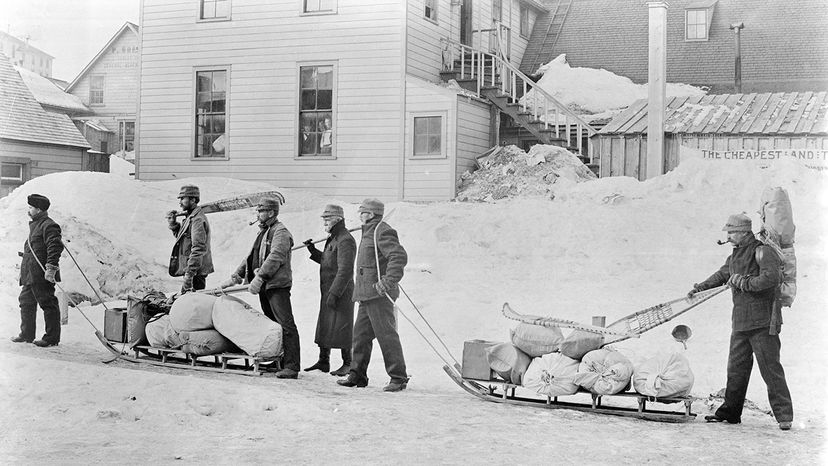Why Didn’t Russia Sell Alaska to Canada?
From 1829 to 1907, the empires of Russia and Great Britain shared a mutual hostility. Each wanted to expand its influence in Central Asia, as well as across the Pacific Ocean. Thus, a rivalry was born. The animosity sparked or intensified several military conflicts, most notably the Crimean War (1853-1856), which pitted Russia against the allied forces of Britain, France, Sardinia and the Ottoman Empire. Ultimately, Russia was defeated. By some estimates, the czarist empire suffered 800,000 casualties or more.
Although this war was restricted to Eurasia, it had major ramifications across the Pacific. Among other things, it called into question the future of that magical land, Alaska.
Advertisement
Following decades of exploration, Russia claimed Alaska in 1741. It then founded its first North American settlement there on Aug. 3, 1784. This was established by the Shelikhov-Golikov Co., one of several fur-trading organizations that operated in the area — ostensibly on the empire’s behalf. In 1799, Czar Paul I merged several of these into the Russian-American Co. (RAC). A powerful conglomerate, the RAC was given a trade monopoly on Alaskan resources. It was also tasked with creating new settlements and expanding Russia’s New World presence.
To this end, company manager Alexander Baranov had his men venture all the way down to northern California, where they set up an outpost called Fort Ross on Feb. 2, 1812. The RAC’s grand vision was for this establishment to serve as an agricultural hub, one whose crops would sustain its own settlers and those up in Alaska. With their food supply guaranteed, the colonists in both locations would have an easier time harvesting the Pacific’s most profitable commodity: sea otter pelts. Several times more valuable than the coveted beaver and fur seal pelts, these were the lifeblood of the Russian-American economy.
Unfortunately, Fort Ross’ farming output was grossly inadequate. And to make matters worse, the Russian fur trappers overhunted those sea otters so badly that the animals nearly vanished from the North Pacific. The Russians therefore gave up on Fort Ross, which was sold to an American frontiersman in 1844.
“
The Alaska gold rush brought the United States billions in wealth. Here prospectors are seen starting their journey for the Yukon from Juneau, Alaska, in 1896.
Bettmann/Contributor/Getty Images
Advertisement







